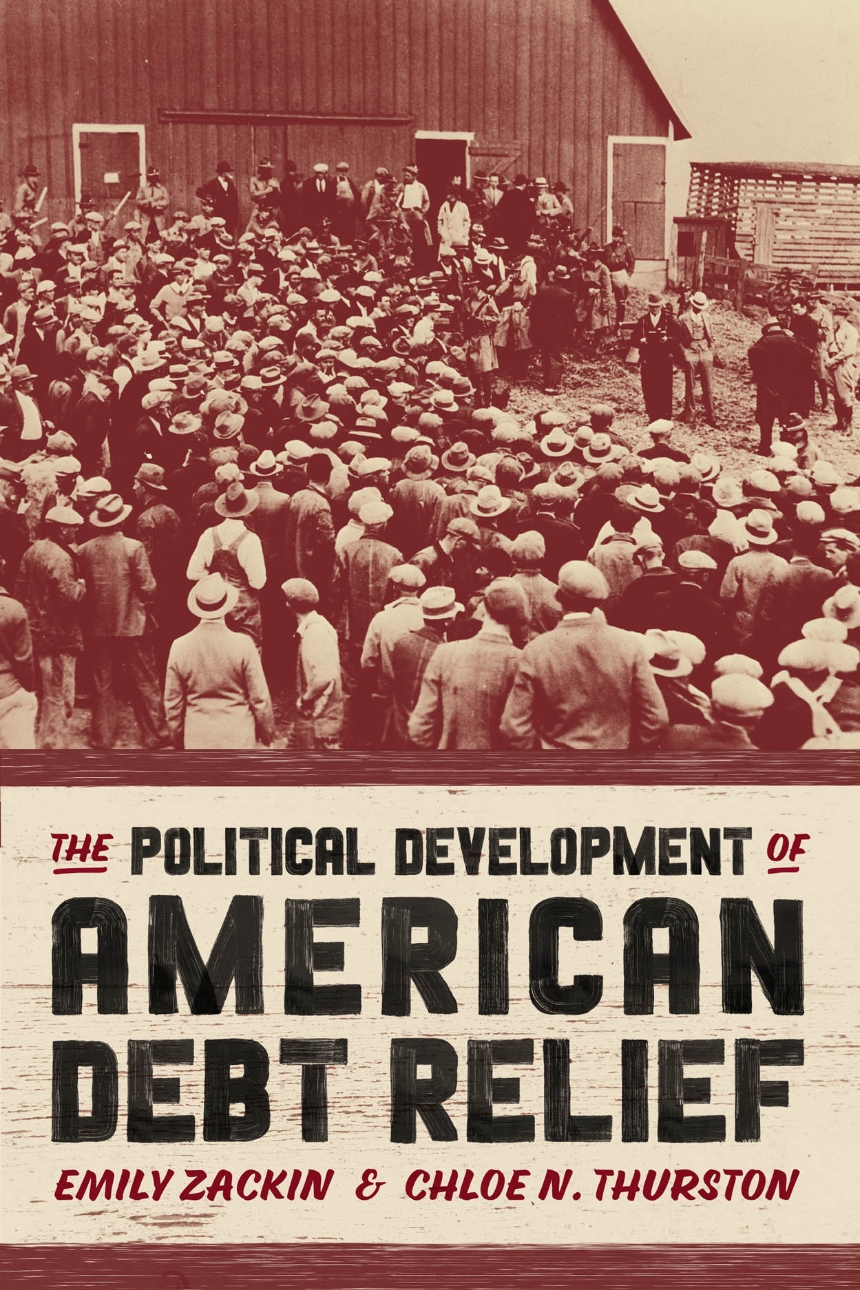The Political Development of American Debt Relief
The Political Development of American Debt Relief
A political history of the rise and fall of American debt relief.
Americans have a long history with debt. They also have a long history of mobilizing for debt relief. Throughout the nineteenth century, indebted citizens demanded government protection from their financial burdens, challenging readings of the Constitution that exalted property rights at the expense of the vulnerable. Their appeals shaped the country’s periodic experiments with state debt relief and federal bankruptcy law, constituting a pre-industrial safety net. Yet, the twentieth century saw the erosion of debtor politics and the eventual retrenchment of bankruptcy protections.
The Political Development of American Debt Relief traces how geographic, sectoral, and racial politics shaped debtor activism over time, enhancing our understanding of state-building, constitutionalism, and social policy.
248 pages | 1 halftones, 4 line drawings, 4 tables | 6 x 9 | © 2024
Political Science: American Government and Politics
Reviews
Table of Contents
Preface: The Mortgage Mill Grinds On
Introduction: Bankruptcy Is Not a Crime
1. Debt Relief and the States in Times of Crisis
2. Federal Bankruptcy Law: From Punishment to Protection
3. Reconstruction and the Meaning of Freedom
4. Bankruptcy Law as American Statebuilding: The Act of 1898
5. A Tale of Two Bankruptcies: Protective and Punitive Bankruptcy Law in the New Deal
6. The Missing Movement: Consumer Debtors and Their Advocates in the Twentieth Century
7. Creditor Coordination and the Erosion of Debt Relief
Conclusion: Debtor Politics in the Twenty-First Century
Acknowledgments
Notes
Bibliography
Index
